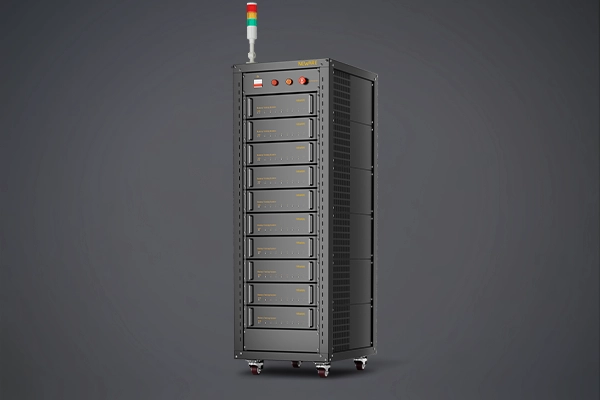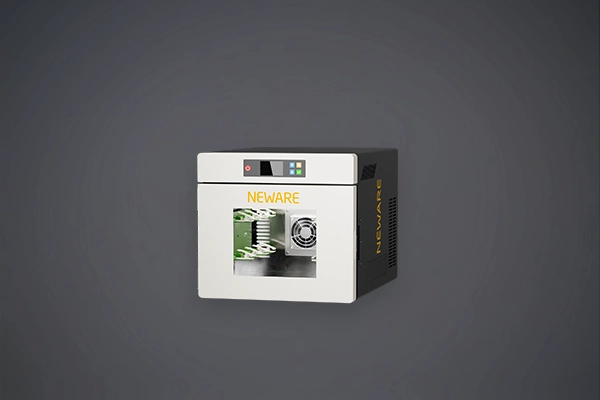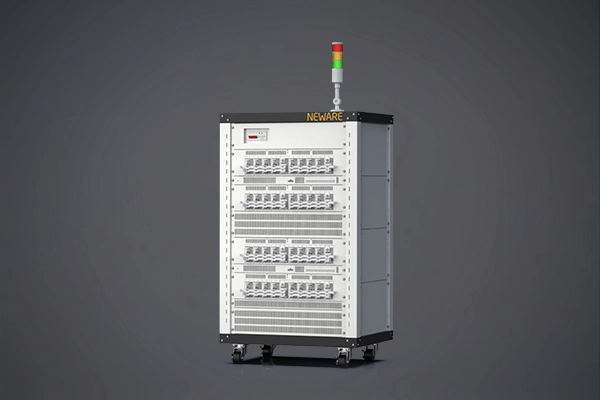The dQ/dV curve and the CV curve, in terms of shape, are like two twins—similar yet subtly distinct. Both have voltage on the horizontal axis and exhibit peaks, but upon closer inspection of the vertical axis, one represents the differential of capacity with respect to voltage, while the other signifies current.

Figure 1 Differential capacity curve of Li1.11Ni0.33Mn0.56O sample doped with 5% Cr[1]

Figure 2 CV curve of C@MoOx[2]
Physical Meaning of dQ/dV:
The dQ/dV curve is obtained by calculating the change in battery capacity within constant voltage intervals, resulting in a dQ/dV-V curve. This curve governs current and, when plotted, depicts the change in charge with respect to voltage.
The physical significance lies in the fact that the curve, controlling current, illustrates the variation of charge against the change in potential. For the oxidation-reduction peaks to manifest, the oxidation-reduction reactions need to be completed entirely. During this process, the current remains constant, ensuring a constant diffusion rate.
Physical Meaning of CV Curve:
During the CV curve testing process, the control is over potential, and the relationship between current and voltage is obtained. The process involves determining peaks through the relative rates of electrochemical reactions and mass transfer.
When conducting CV tests, if the scan rate is too high, it becomes challenging to observe peaks or it affects the position of the peaks. The peaks on the CV curve correspond to the voltage platforms on the GCD curve, indicating reactions occurring within this voltage range. After multiple repeated scans, an initial judgment of the reversibility of the battery can be made based on the CV curve. Additionally, the magnitude of the difference between the oxidation and reduction peak positions is related to the severity of polarization within the battery.
Reference Sources:
[1] Nutthaphon Phattharasupakun, Chenxi Geng, Michel B. Johnson, et al. Impact of Cr Doping on the Voltage Fade of Li-Rich Mn-Rich Li1.11Ni0.33Mn0.56O2 and Li1.2Ni0.2Mn0.6O2 Positive Electrode Materials
[2] Ping Gao, Qiang Ru, Zikang Pan, et al. Robust hetero-MoO3/MoO2@N-doped carbon nanobelts decorated with oxygen deficiencies as high-performance anodes for potassium/sodium Storage














